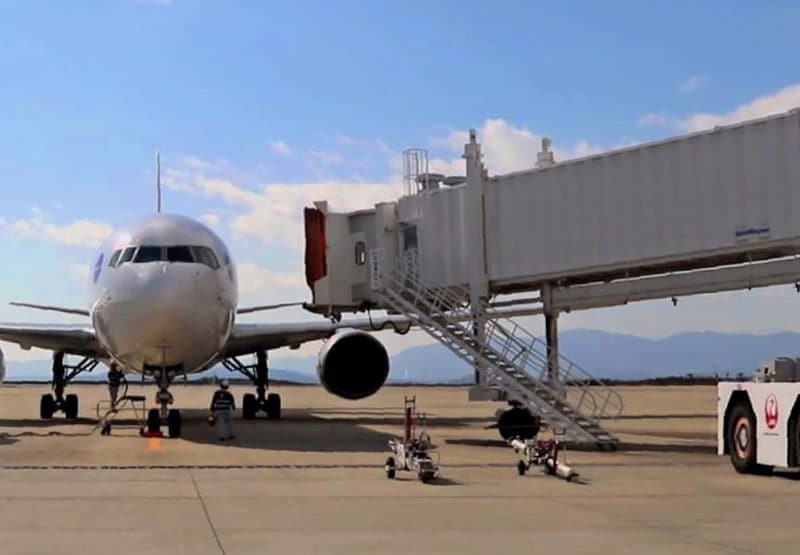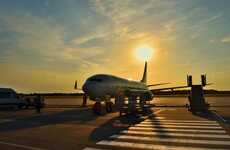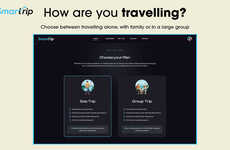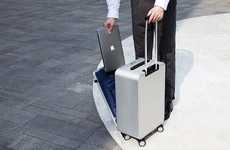
Shinmaywa Industries Developed an AI Boarding Bridge for Airlines
Ellen Smith — August 23, 2018 — World
References: asia.nikkei & asia.nikkei
ShinMaywa Industries is developing an innovative solution to the shortage of ground employees at the airline -- an AI boarding bridge which functions without human assistance.
The current boarding bridge model is manually operated by highly trained staff members and requires the human employee to bring the bridge closer to the plane after its been placed about 1 meter away. With the help of AI, ShinMaywa Industries is one step closer to making this process more effective and efficient than ever before, with new technology that can bring the bridge as close as 10cm to the plane.
These bridges function with the help of cameras, a laser gauge and an AI-infused system that process the image data. ShinMaywa Industries is hoping to put these bridges on the market by the fall.
The current boarding bridge model is manually operated by highly trained staff members and requires the human employee to bring the bridge closer to the plane after its been placed about 1 meter away. With the help of AI, ShinMaywa Industries is one step closer to making this process more effective and efficient than ever before, with new technology that can bring the bridge as close as 10cm to the plane.
These bridges function with the help of cameras, a laser gauge and an AI-infused system that process the image data. ShinMaywa Industries is hoping to put these bridges on the market by the fall.
Trend Themes
1. AI-operated Boarding Bridges - Shinmaywa Industries is developing an AI boarding bridge that can bring the bridge as close as 10cm to the plane, making the boarding process more effective and efficient.
2. Automation in Ground Operations - The development of AI-operated boarding bridges by Shinmaywa Industries highlights the potential for increased automation in ground operations, reducing the need for human employees.
3. Enhanced Safety and Efficiency in Air Travel - The use of AI and advanced technology in boarding bridges not only improves efficiency but also enhances safety during the boarding process, creating disruptive innovation opportunities in the airline industry.
Industry Implications
1. Aerospace - The aerospace industry can benefit from AI-operated boarding bridges, as it offers a potential solution to the shortage of ground employees and improves operational efficiency.
2. Manufacturing - The development and production of AI-infused boarding bridges present a disruptive innovation opportunity for the manufacturing industry, as it incorporates advanced technology and automation into the manufacturing process.
3. Transportation - In the transportation industry, AI-operated boarding bridges can revolutionize the boarding process, making air travel more seamless and efficient for passengers, while reducing reliance on human employees.
3
Score
Popularity
Activity
Freshness
























